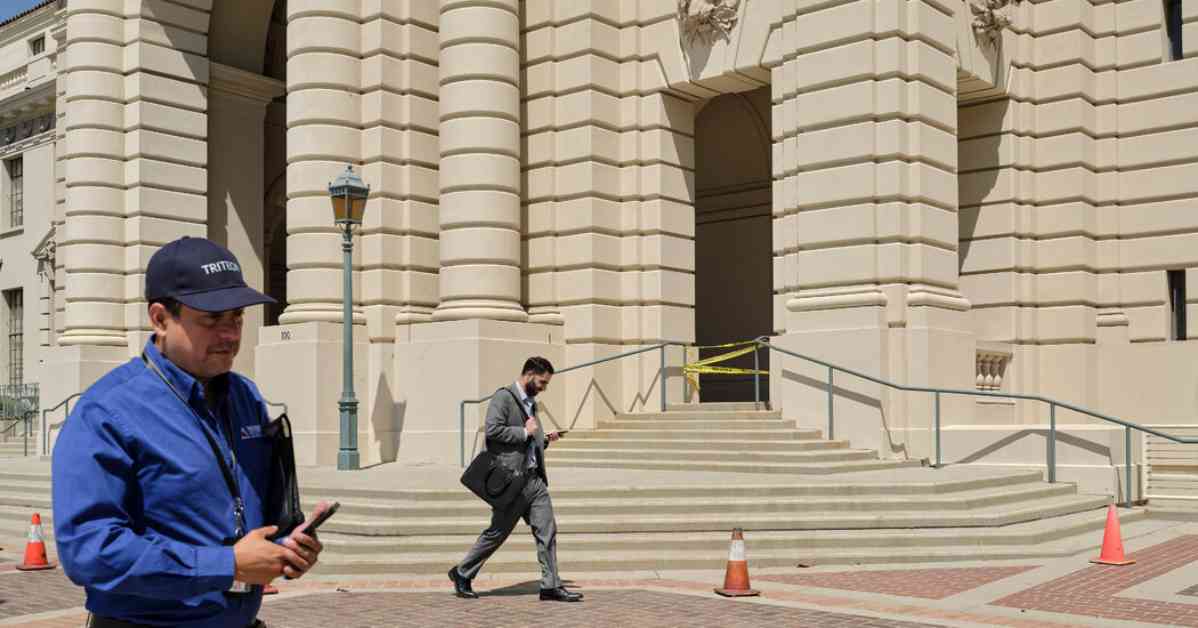Earthquake Rocks Southern California: 4.4-Magnitude Quake Update
Millions of residents across Southern California were shaken on Monday afternoon by a 4.4-magnitude earthquake that struck just outside of Pasadena, about five miles northeast of downtown Los Angeles. The United States Geological Survey reported that the earthquake hit at 12:20 p.m. local time, causing widespread tremors felt as far away as Bakersfield, San Diego, and Joshua Tree National Park.
Susan Hough, a seismologist with the U.S.G.S., described the quake as a “pretty good jolt,” although she noted that it was not considered to be a major event. The initial earthquake was followed by a 2.1-magnitude aftershock two minutes later, adding to the unease felt by residents in the area. Despite the intensity of the quake, there were no immediate reports of significant damage, providing some relief to those who were affected.
Impact and Aftermath
The earthquake’s epicenter was located in El Sereno, a small neighborhood in northeast Los Angeles, raising concerns about the potential fault lines involved. While scientists were unable to definitively pinpoint the fault responsible for the earthquake, the proximity to the Puente Hills Fault was a cause for concern. The Puente Hills Fault has a history of producing devastating earthquakes, as seen in the 1987 Whittier Narrows earthquake that claimed eight lives.
As of midafternoon, the Los Angeles Fire Department had not received reports of widespread damage from the earthquake. Margaret Stewart, a spokesperson for the department, stated that firefighters were conducting surveys in their respective districts to assess any effects of the earthquake. Their thorough assessments would provide a clearer picture of the impact of the quake on the region.
Scientific Analysis and Response
Seismologists and geologists were closely monitoring the situation in the aftermath of the earthquake, working to determine the underlying causes and potential risks associated with the seismic activity. The uncertainty surrounding the fault responsible for the quake kept experts on high alert, as they sought to understand the implications for future earthquakes in the region.
Residents were urged to remain vigilant and prepared for any further aftershocks that could follow the initial quake. Emergency response teams were on standby to assist anyone in need of help or support in the wake of the earthquake. The importance of community readiness and resilience in the face of natural disasters was emphasized as a key strategy for mitigating potential risks.
Conclusion
In conclusion, the 4.4-magnitude earthquake near Los Angeles served as a stark reminder of the region’s vulnerability to seismic activity. While the immediate impact of the quake was limited, the potential for future earthquakes remained a concern for residents and authorities alike. The collaborative efforts of experts, emergency responders, and the community were essential in ensuring a prompt and effective response to the earthquake, highlighting the importance of preparedness and resilience in the face of natural disasters.














